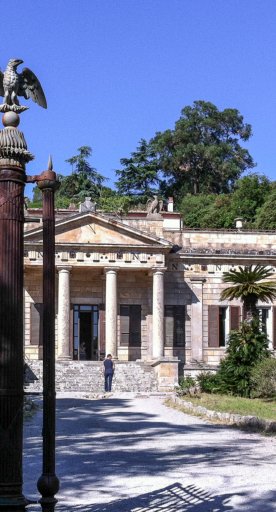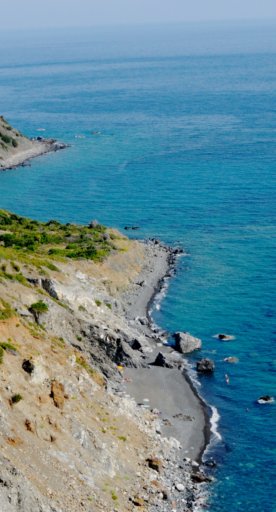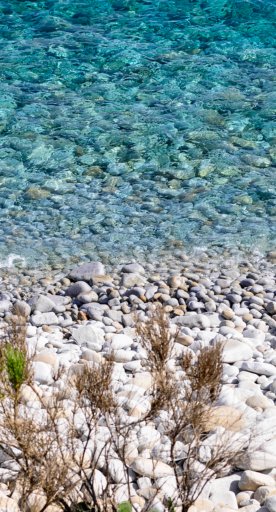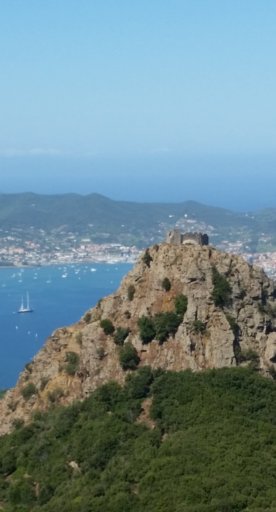Elba and Tuscan Islands
Gorgeous pearls for an uncontaminated and protected marine jewel
The Islands of Tuscany constitute an exciting marine space that hides corners of wild nature and evocative seabed to be discovered.
High-value destinations for lovers of the sea and water sports, with many opportunities to explore less-traveled spaces; the islands of the archipelago each have a very unique character: jewels rich in history and protected by the Tuscan Archipelago National Park, created to safeguard this extraordinary set of natural habitats.
Elba Island is the largest Tuscan island and is, in size, the third largest in Italy after Sicily and Sardinia.
The territory of Elba stretches along 147 kilometers of coastline and offers, to those who visit, beaches that are always different: from golden sand to pebbles to the black beach, whose color is due to the presence of iron.
Elba is rich in minerals and has been an important center of mining activities since ancient times.
The island is also famous for having hosted the exile of Napoleon from 1814 to the following year, and today you can visit his villas.
To discover the true essence of Elba, it is enough to get lost in the streets of its delightful villages. In addition to visiting Portoferraio, the largest town by population on the island, are worth a stop Marciana - the oldest Elban center that preserves its ancient medieval structure - Porto Azzurro - a charming fishing village where traces of Spanish rule are still evident - Capoliveri - a medieval village characterized by picturesque alleys and craft stores.
Montecristo Island is a paradise for the lucky few. In fact, only the janitor and his family live here: since 1988 the space around the island has become an integral biological protection zone, and so the 1000-meter strip from the coastline has become accessible to only 1000 visitors a year, guided by Forestry Corps personnel.
The island of Montecristo with its sharp profile is emblematic and is somewhat of a symbol of what each island represents in the collective imagination. It is also here that Alexandre Dumas' famous novel The Count of Monte Cristo is set.
Finally, the island of Pianosa, as its Italian name immediately suggests (piano means flat), is among all the only flat one. A penal colony was established there in 1858 and closed in 1998.
Since then, the island has had about 20 inmates on semi-release who are involved in the renovation of some of the buildings.
The implicit protection due to the presence of the penitentiary has protected the sea around Pianosa: today it is possible to dive and enjoy one of the most intact underwater scenarios in the entire Mediterranean.





































